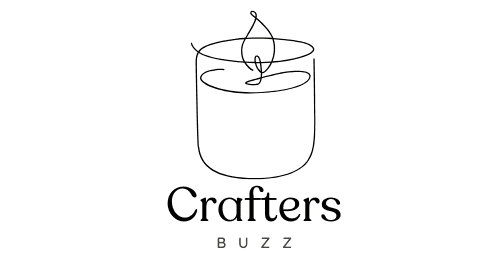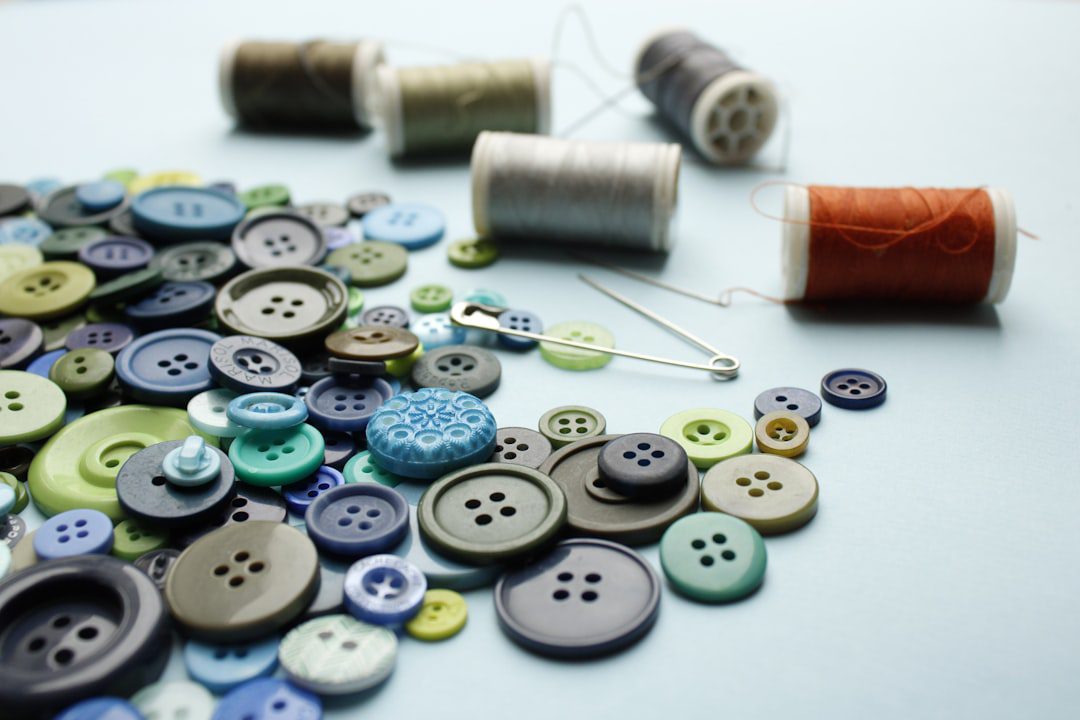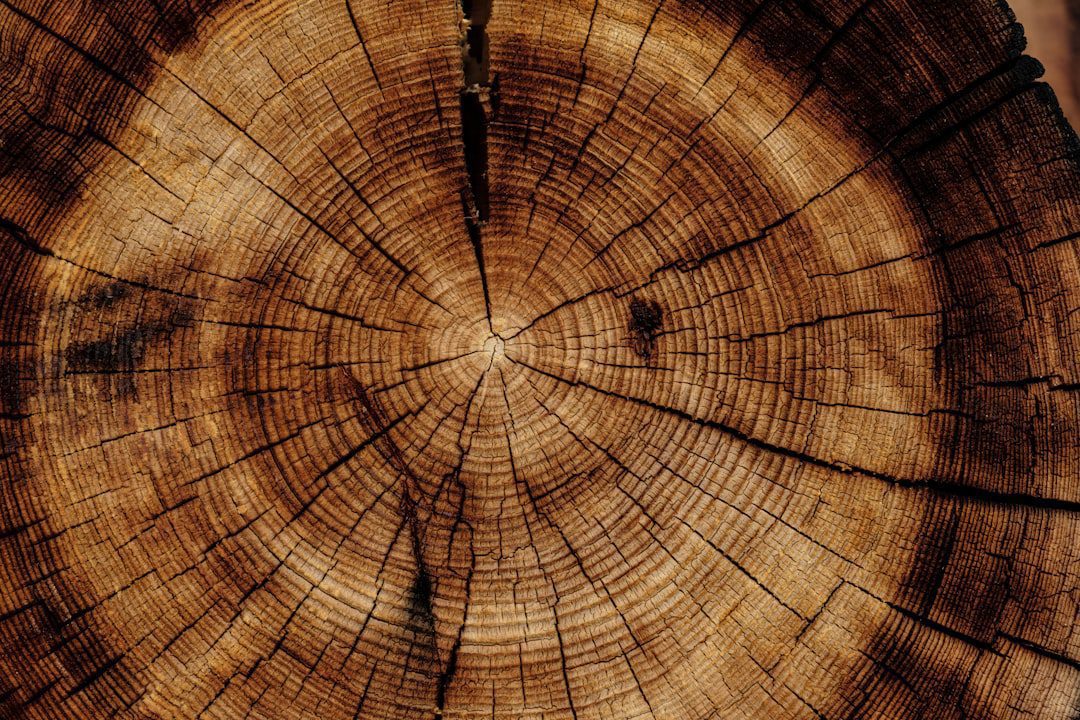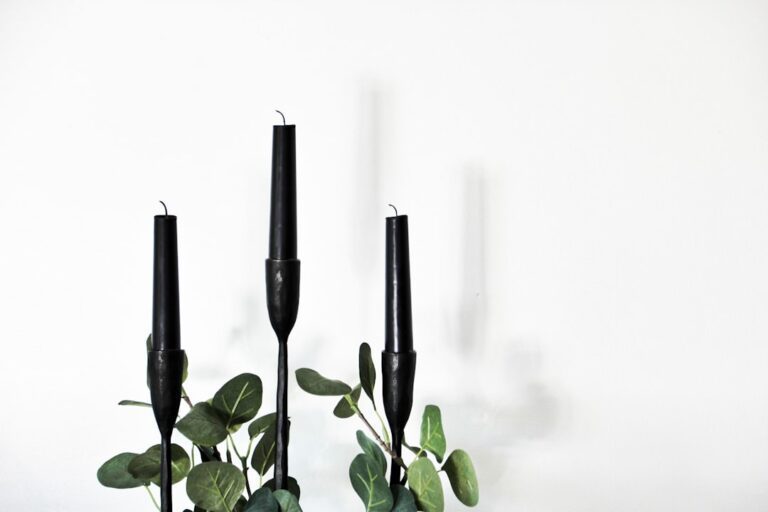Why cotton wicks are commonly used in candle making.
Candle making is an ancient craft that has evolved significantly over the centuries, transitioning from a necessity for illumination to a popular hobby and a thriving industry. The art of candle making involves the careful selection of materials, techniques, and designs to create beautiful and functional products. From the simple beeswax candles of antiquity to the intricate scented varieties available today, the process encompasses a wide range of skills and knowledge.
The resurgence of interest in handmade goods has led many to explore candle making as a creative outlet, allowing individuals to express their personal style while also enjoying the therapeutic benefits of crafting. At its core, candle making is about transforming raw materials into something that not only serves a practical purpose but also enhances the ambiance of a space. The choice of wax, fragrance, color, and wick all play crucial roles in determining the final product’s quality and performance.
Among these components, wicks are often overlooked, yet they are essential for ensuring that a candle burns evenly and efficiently. Understanding the intricacies of candle making, including the significance of wicks, can elevate the craft from mere hobby to an art form.
What Are Cotton Wicks?
Cotton wicks are a fundamental component in many types of candles, serving as the conduit through which fuel is drawn from the wax to sustain the flame. Made from natural cotton fibers, these wicks are often braided or twisted to enhance their structural integrity and burning characteristics. The design of cotton wicks can vary significantly, with some featuring additional treatments or coatings to improve performance.
For instance, some cotton wicks are treated with a blend of natural waxes or oils to facilitate better burning and reduce soot production. The choice of cotton as a wick material is rooted in its natural properties. Cotton is highly absorbent, allowing it to draw liquid wax up to the flame efficiently.
This characteristic is vital for maintaining a consistent burn rate and ensuring that the candle produces a steady flame. Additionally, cotton wicks are known for their ability to produce minimal smoke and soot when burned correctly, making them an appealing option for those who prioritize clean-burning candles. The versatility of cotton wicks makes them suitable for various types of candles, including container candles, pillar candles, and votives.
The Importance of Wicks in Candle Making
Wicks play a pivotal role in the overall performance of a candle. They are not merely a means to ignite the wax; rather, they are integral to how well the candle burns and how effectively it releases fragrance. A well-chosen wick can enhance the candle’s aesthetic appeal by creating a beautiful flame and ensuring an even melt pool.
Conversely, an improperly sized or unsuitable wick can lead to a host of issues, including tunneling, excessive soot production, or even complete failure to burn. The relationship between wick size and candle diameter is crucial. A wick that is too small may struggle to draw enough wax to sustain a flame, resulting in a weak burn and diminished fragrance throw.
On the other hand, an oversized wick can lead to an overly aggressive burn, causing the candle to melt too quickly and produce excessive soot. Therefore, understanding the dynamics of wick selection is essential for any candle maker aiming for high-quality results. This knowledge allows artisans to tailor their creations to specific wax types and candle designs, ensuring optimal performance.
Advantages of Using Cotton Wicks
One of the primary advantages of using cotton wicks is their natural composition. Unlike synthetic wicks that may contain harmful chemicals or additives, cotton wicks are biodegradable and environmentally friendly. This characteristic appeals to eco-conscious consumers who seek sustainable products that align with their values.
Additionally, cotton wicks are generally more affordable than their synthetic counterparts, making them accessible for both hobbyists and professional candle makers. Another significant benefit of cotton wicks is their versatility. They can be used with various types of waxes, including paraffin, soy, beeswax, and palm wax.
This adaptability allows candle makers to experiment with different formulations without worrying about compatibility issues. Furthermore, cotton wicks can be easily customized by adjusting their thickness or length to suit specific candle designs. This level of flexibility enables artisans to create unique products tailored to their preferences and market demands.
Different Types of Wicks and Their Uses
While cotton wicks are widely favored for their natural properties, there are several other types of wicks available on the market, each with its unique characteristics and applications. For instance, wood wicks have gained popularity in recent years due to their ability to produce a crackling sound reminiscent of a fireplace when burned. These wicks create a wider flame and can enhance the overall sensory experience of burning a candle.
Another common type is the zinc-core wick, which features a metal core that provides stability during burning. These wicks are often used in larger candles where structural integrity is essential. However, they may produce more soot than cotton wicks due to the metal content.
Additionally, there are also paper wicks that offer an alternative for those seeking a more rustic aesthetic. Each type of wick has its advantages and disadvantages, making it essential for candle makers to choose wisely based on their desired outcomes.
How Cotton Wicks Enhance Candle Performance
Cotton wicks contribute significantly to the overall performance of candles by ensuring an even burn and optimal fragrance release. When properly sized and positioned within the candle, cotton wicks facilitate a consistent melt pool that allows for maximum scent throw. This is particularly important for scented candles where the goal is to fill a space with fragrance without overwhelming it.
Moreover, cotton wicks tend to produce less soot compared to synthetic options when burned correctly. This clean-burning characteristic is especially appealing for indoor use where air quality is a concern. The absence of harmful chemicals in cotton wicks further enhances their appeal as they do not release toxic fumes when ignited.
Candle makers who prioritize quality often find that using cotton wicks leads to higher customer satisfaction due to the superior performance and aesthetic qualities they provide.
Sustainability and Environmental Benefits of Cotton Wicks
In an era where sustainability is at the forefront of consumer consciousness, cotton wicks stand out as an environmentally friendly choice in candle making. Being made from natural fibers, cotton wicks are biodegradable and do not contribute to landfill waste like synthetic alternatives. This aligns with the growing trend towards eco-friendly products that minimize environmental impact.
Furthermore, many cotton wick manufacturers adhere to sustainable farming practices when sourcing their materials. Organic cotton farming avoids harmful pesticides and fertilizers, promoting healthier ecosystems and reducing chemical runoff into waterways. By choosing candles made with organic cotton wicks, consumers can support sustainable agriculture while enjoying high-quality products that are safe for both themselves and the planet.
Why Cotton Wicks are the Preferred Choice
The preference for cotton wicks in candle making stems from their numerous advantages that cater to both artisans and consumers alike. Their natural composition ensures a clean burn with minimal soot production while providing excellent fragrance throw when properly sized for each candle type. The versatility of cotton wicks allows them to be used across various waxes and designs, making them an ideal choice for both novice crafters and seasoned professionals.
As sustainability becomes increasingly important in consumer choices, cotton wicks offer an eco-friendly alternative that aligns with modern values. By opting for candles made with cotton wicks, individuals not only enjoy high-quality products but also contribute positively to environmental conservation efforts. In summary, cotton wicks represent an optimal blend of performance, versatility, and sustainability—making them the preferred choice in the world of candle making.
Cotton wicks are commonly used in candle making because they are natural, sustainable, and provide a clean burn. According to a related article on Crafters Buzz, cotton wicks are preferred by many candle makers for their ability to absorb and hold onto the wax, allowing for a steady and even burn. Additionally, cotton wicks are easy to work with and can be trimmed to the desired length for optimal burning performance.
FAQs
What are cotton wicks?
Cotton wicks are wicks made from cotton fibers that are twisted or braided together to form a wick for use in candles.
Why are cotton wicks commonly used in candle making?
Cotton wicks are commonly used in candle making because they are readily available, affordable, and have good capillary action, which allows the wax to be drawn up the wick and burned efficiently.
What are the benefits of using cotton wicks in candle making?
Cotton wicks are known for their clean and consistent burn, minimal smoking, and low soot production, making them a popular choice for candle makers.
Are there any downsides to using cotton wicks in candle making?
One potential downside of using cotton wicks is that they can sometimes have a tendency to “mushroom” or create a small carbon ball at the tip, which may lead to increased smoking and soot.
Can cotton wicks be used in all types of candles?
Cotton wicks can be used in a variety of candle types, including container candles, pillar candles, and votive candles. However, the size and type of cotton wick used may vary depending on the specific candle and wax being used.













